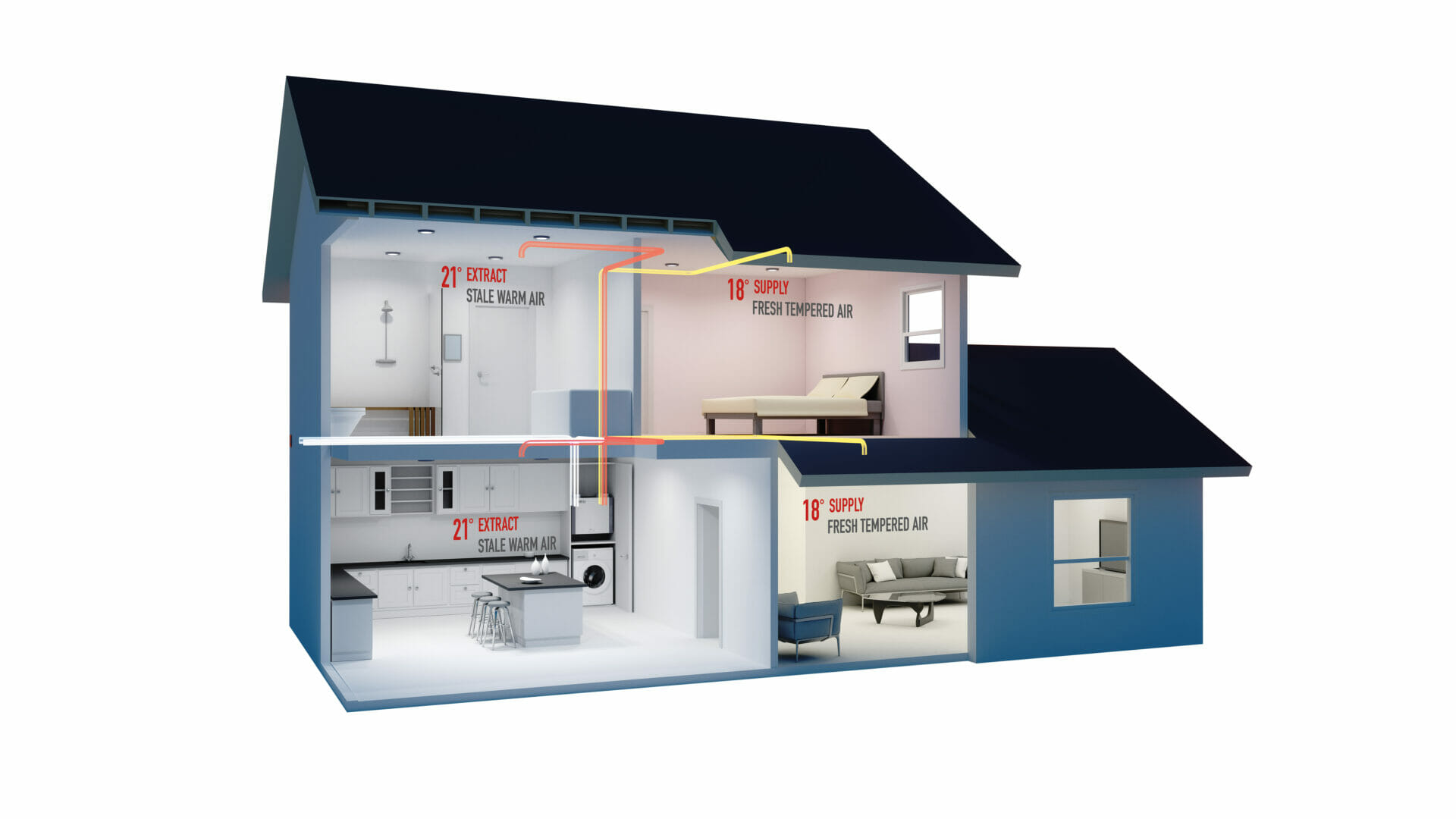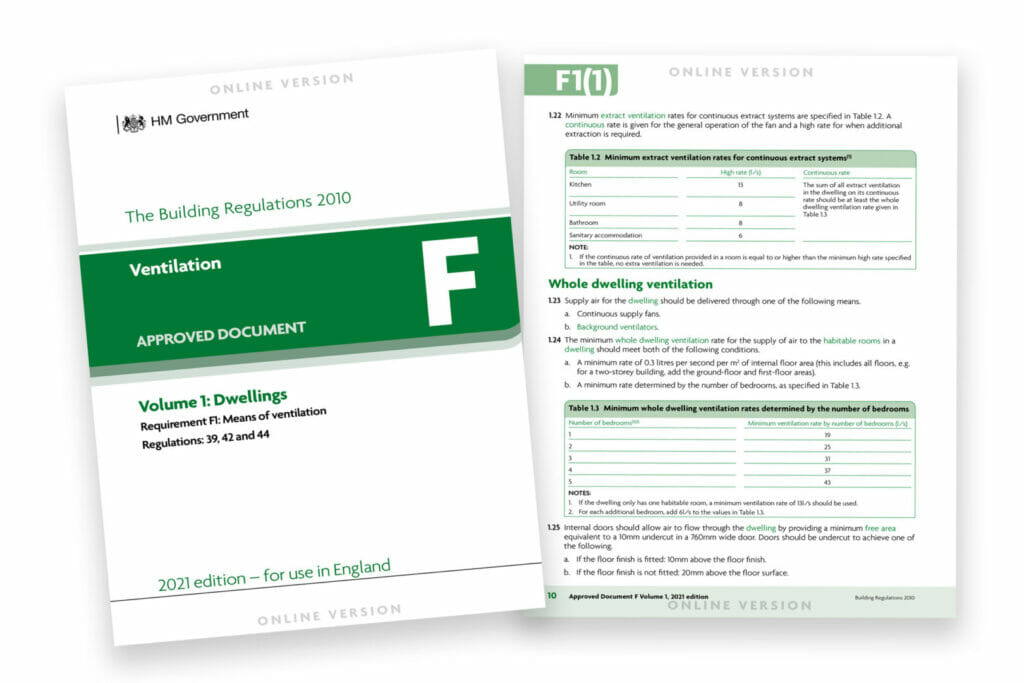
By Paul Williams, Domus Ventilation Product Manager
The world is a very different place since 2010, the year that Building Regulations ‘Ventilation: Approved Document F’ was previously revised. In the years that have elapsed we have not only learnt considerably more about Indoor Air Quality (IAQ), pollutants and their impact on our health, but we have also had to contend with a pandemic that has changed our relationship with our home environment.
During this timeframe, albeit more recently, the drive towards the 2050 Net Zero goal has become more intense. To reduce emissions as close to zero as possible, we must decarbonise all sectors of the UK economy, including housebuilding. The Future Homes Standard, which will be introduced by 2025, is the housing sector’s strategy to achieve this. It requires new homes to be considerably more energy efficient, with average homes having 80% less carbon emissions than those built to current energy efficiency requirements. Building Regulations is the method being used to achieve the Future Homes Standard.
Set amongst this context, it is without doubt that Building Regulations Part L (Conservation of fuel and power) and Part F were ripe for an update. After some delay, these were published in December 2021. The aim is to ensure new homes built from 2022 produce 31% less carbon emissions compared to current standards. A further revision will take place to come into force in 2025 to bring that figure to the 80% reduction.
Who Needs to Comply?
If a building notice, initial notice, or full plans for building work have been submitted to a local authority before 15th June 2022 and the building work commences by the same date the following year, the new standards do not apply. For building works after those key dates, the revised Part L and Part F must be followed.
Furthermore, there are no exemptions based on the size of the new build. Under the previous Regulations, smaller developments were exempt from air tightness testing. Now, air tightness testing is mandatory in all new build dwellings. So, when it comes to Part F, all new dwellings have to comply with this aspect. This is necessary if we are to produce the type of airtight low energy buildings laid out in the Future Homes Standard.
But of course, the more air tight we make our homes, the greater the need for sufficient ventilation to maintain a healthy and comfortable atmosphere. The revisions to Part F are a direct response to this requirement. So, what has changed?

Mechanical Ventilation Systems
Mechanical ventilation systems in the form of Mechanical Extract Ventilation (MEV) and Mechanical Ventilation with Heat Recovery (MVHR) are recognised in Building Regulations as the most proficient means of ventilating a dwelling. To ensure incoming air reaches all parts of a home – especially the bedrooms – the minimum ventilation rates have been increased as follows:
| No. bedrooms | Previous min. ventilation rate l/s | New min. ventilation rate l/s |
| 1 | 13 | 19 |
| 2 | 17 | 25 |
| 3 | 21 | 31 |
| 4 | 25 | 37 |
| 5 | 29 | 43 |
Domus Ventilation is a manufacturer of market-leading ventilation systems that save energy and improve indoor air quality.
